Dream Bridge: Porsche and Norman Foster Imagine a New Gateway to Venice
Porsche and Norman Foster unveil lightweight, demountable aluminum footbridge at Venice Biennale, merging motorsport engineering with sustainable design to showcase zero-emission urban waterways mobility.
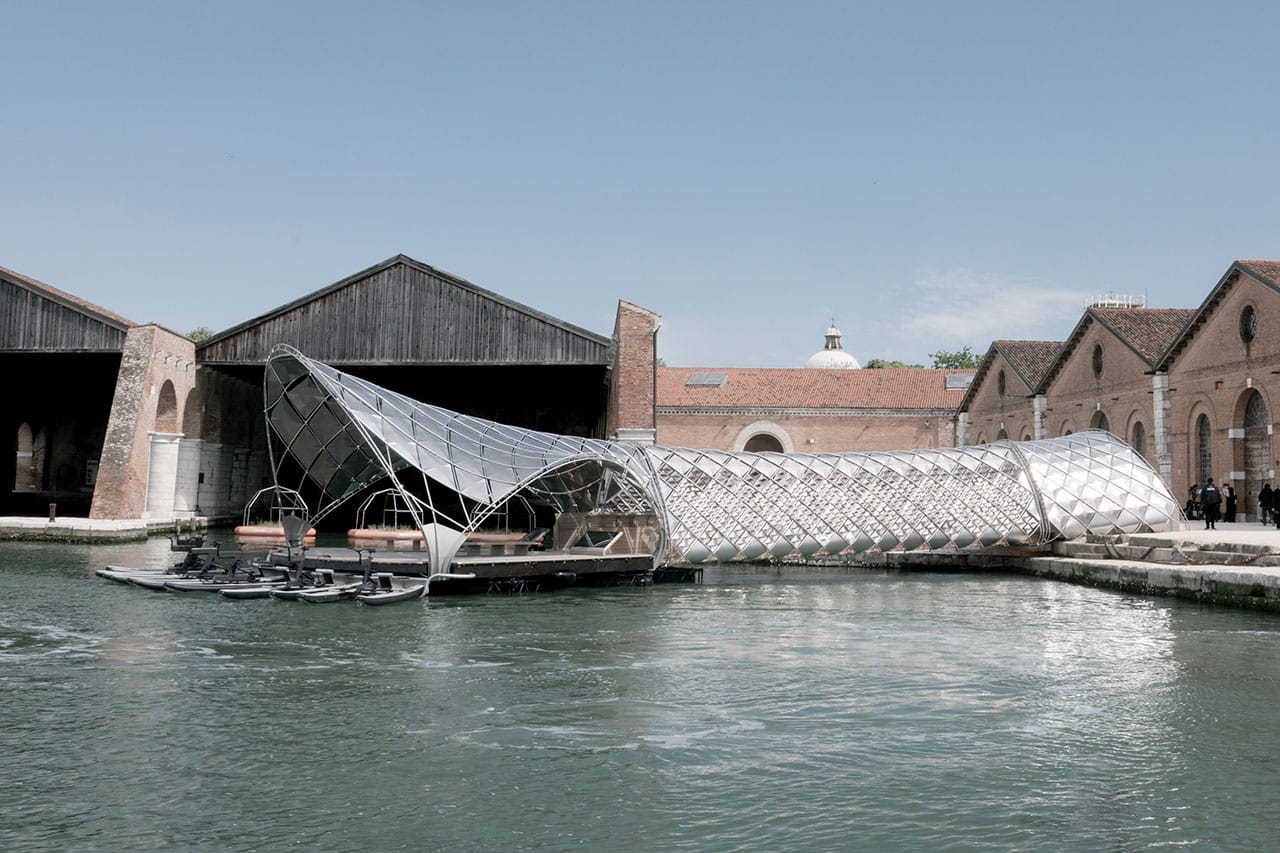
When Ferry Porsche transformed his sports-car dream into metal 75 years ago, he probably did not foresee a day when the Porsche name would be stamped on a bridge rather than a bonnet. Yet that is exactly what visitors to the 2025 Venice Architecture Biennale will encounter on the island of San Giorgio Maggiore, where the Norman Foster Foundation and Porsche have teamed up to unveil “Gateway to Venice’s Waterway” – a 37-metre, lightweight footbridge that fuses motorsport engineering, cutting-edge architecture, and a bold vision for cleaner urban mobility.
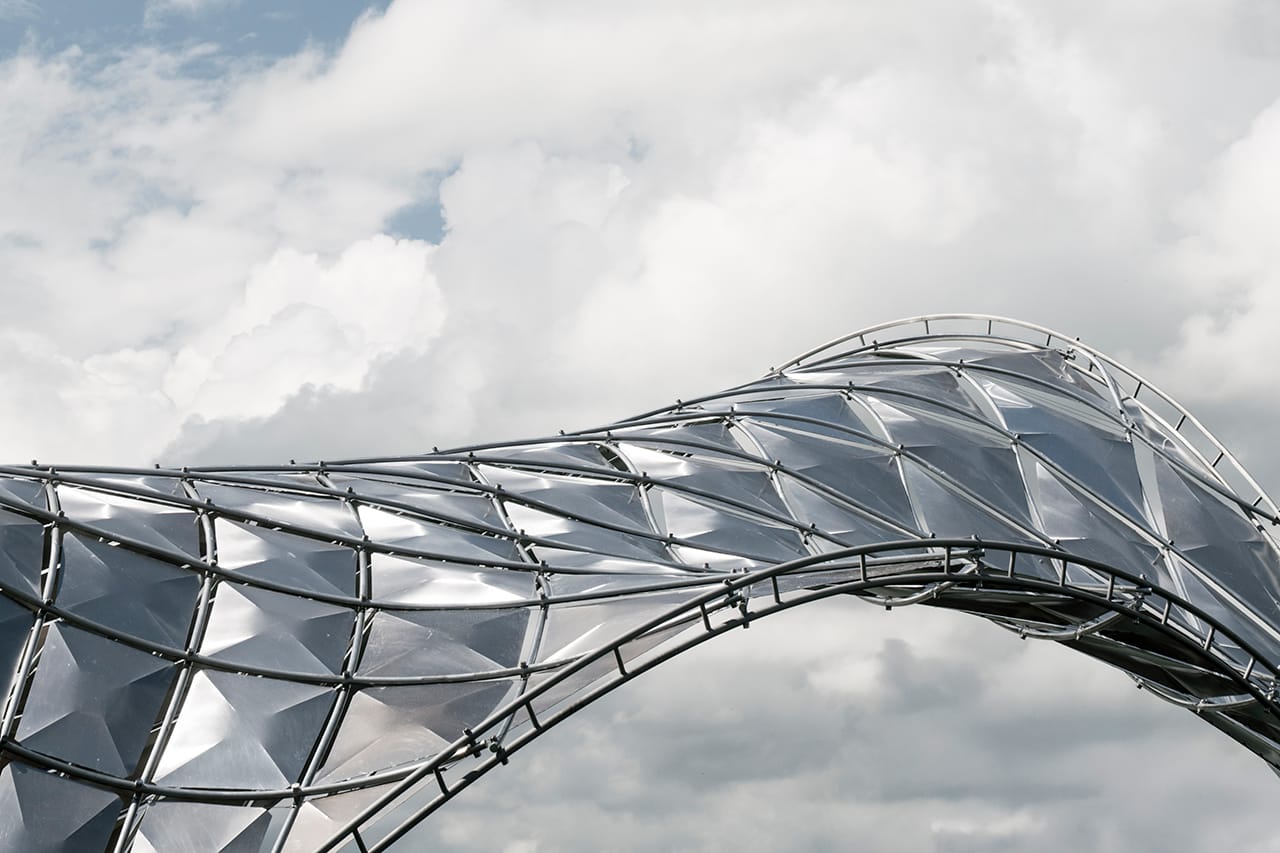
A bridge born from two legacies
Lord Norman Foster, long celebrated for turning infrastructure into cultural landmarks, took his point of departure from Venice’s historic stone footbridges. Instead of brick or marble, however, he specified aerospace-grade aluminium extrusions arranged in a triangulated lattice that echoes the tubular space frames of classic Porsche racing cars such as the 908. The result weighs barely a quarter of an equivalent steel structure, can be erected without heavy cranes, and – crucially for a UNESCO-listed lagoon – exerts minimal load on the centuries-old quays.
The skin of the bridge is finished in a shimmering “ripple” pattern developed with Porsche’s design studio in Weissach. The geometry is more than an aesthetic flourish: by stiffening the five-millimetre aluminium sheets it eliminates the need for additional secondary framing, saving both material and embodied energy. The surface also nods to the aerodynamic dimples on the all-electric Macan’s wheels, a reminder that the project is as much about future mobility as it is about crossing a canal.
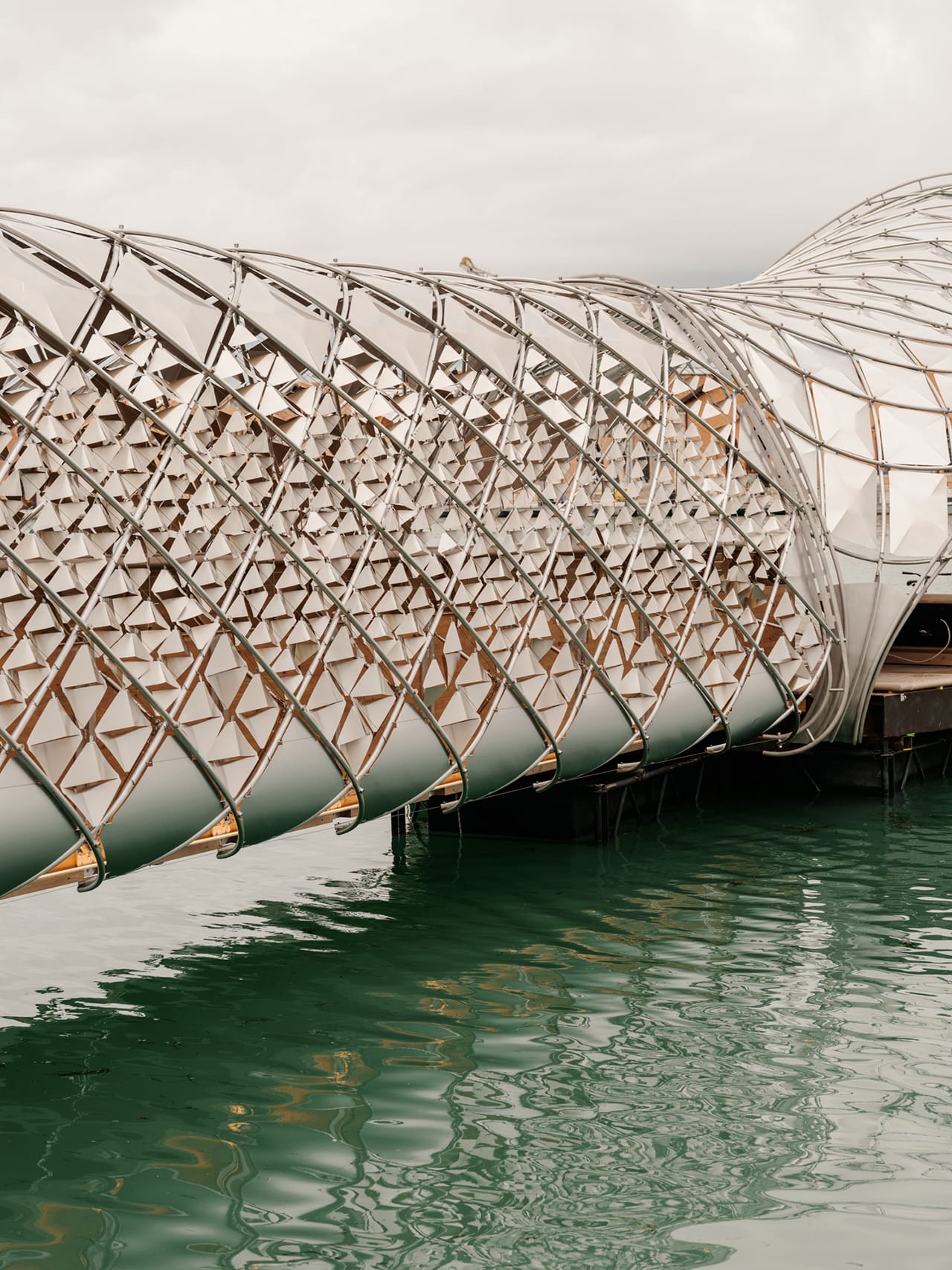
A floating testbed for zero-emission movement
During the Biennale’s six-month run the structure doubles as a micro transport hub. At one end visitors can step onto Schiller waterbikes; at the other they board Frauscher × Porsche 850 Fantom Air runabouts whose electric drivetrains share components with the new Macan EV. Both craft operate silently, underlining Foster’s ambition for “a gentler, cleaner soundtrack to Venetian life.” Energy for recharging is drawn from a pontoon-mounted photovoltaic array and a tidal-flow micro-turbine concealed beneath the deck – technologies Porsche hopes to develop further for marinas worldwide.
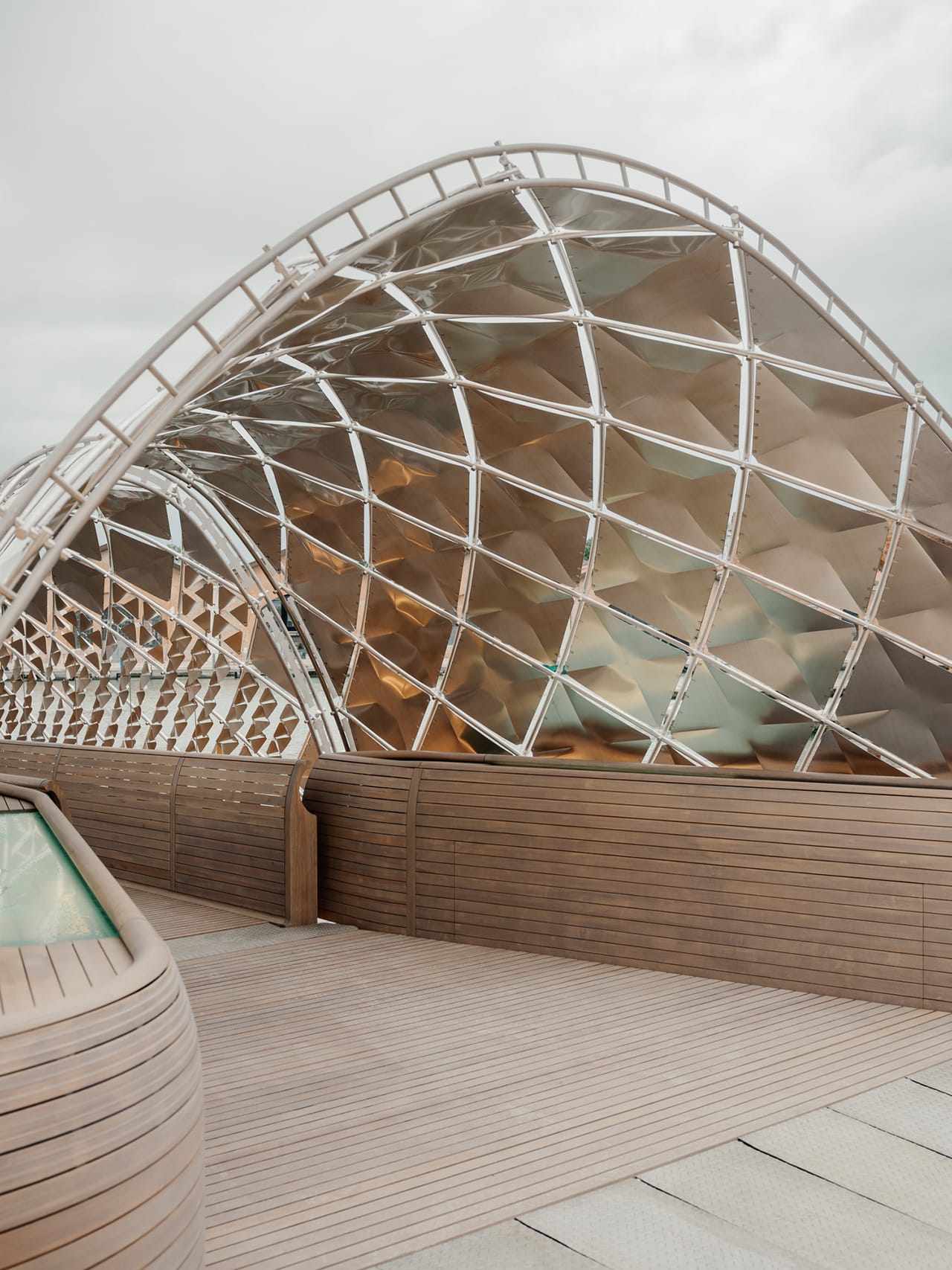
Design for disassembly and reuse
Just as carmakers now talk about circular production, Foster’s team insisted the bridge live more than one life. Bolted connections allow the truss modules to be taken apart in days and shipped in two standard containers; the aluminium is 92% recycled and 100% recyclable. Porsche has already committed to reinstalling the structure at the company’s Weissach R&D campus after the Biennale, providing real-world data for its engineers while sparing Venice a future relic.
Engineering poetry
Walking across the span is an experience carefully choreographed by both partners. Slender, almost invisible stainless-steel balusters support a continuous handrail machined from a single billet and fitted with warm, low-glare LEDs. At night the bridge appears to float, its under-lit lattice casting a web of reflected light onto the rippling canal below. “We wanted to create a moment of wonder that felt both ancient and futuristic,” explains Porsche’s chief designer Michael Mauer. “In Venice everything begins and ends with water, so our bridge had to respect that fluidity.”
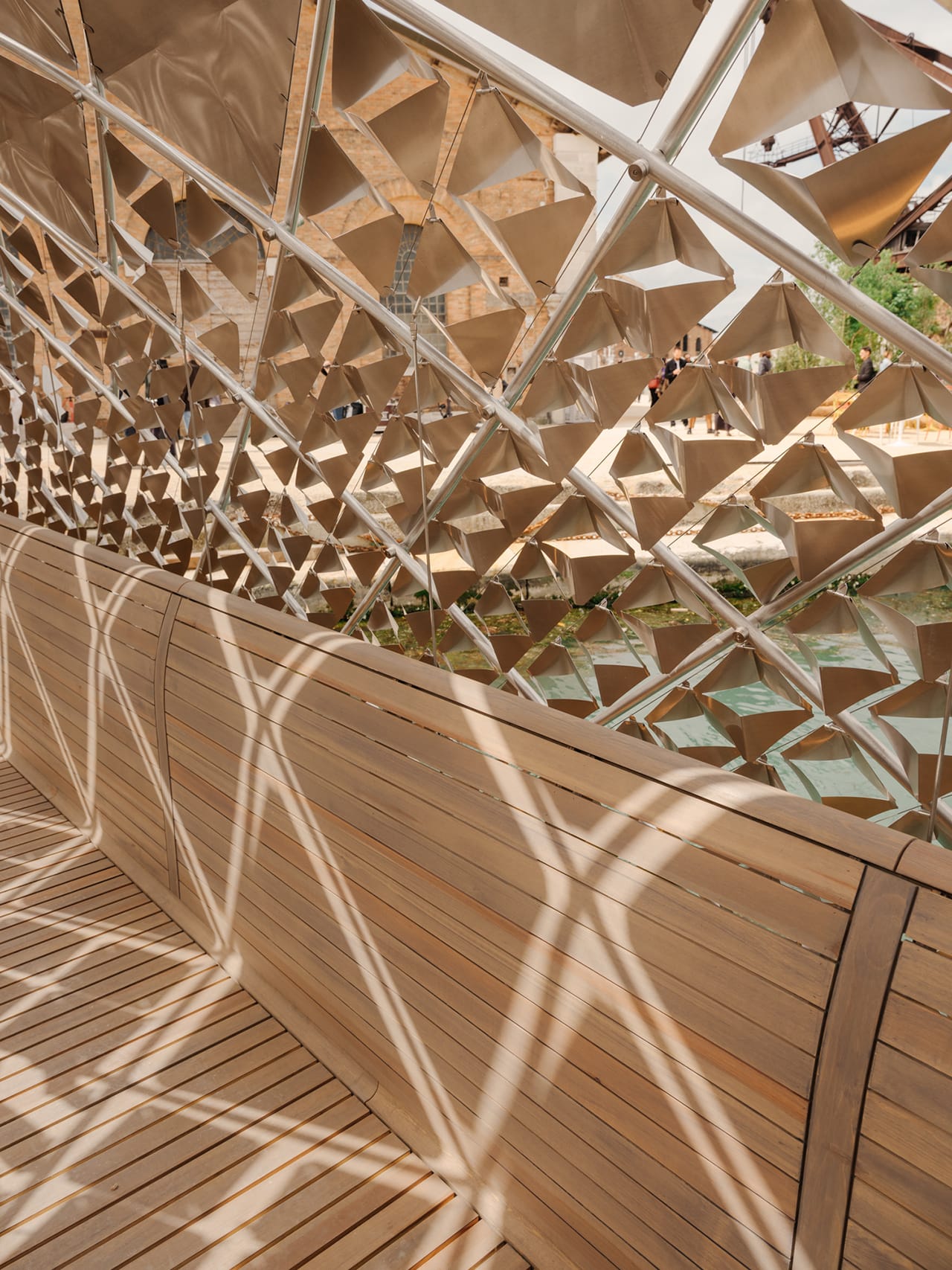
Collaboration beyond disciplines
The project is part of “Dreamers. On.” – Porsche’s global initiative that invites creatives from outside the automotive world to translate the company’s slogan, “Driven by Dreams,” into unexpected arenas. For Foster, the invitation offered a laboratory to test ideas about lightweight, demountable infrastructure that cities from Amsterdam to Bangkok might one day adopt. For Porsche, it provided a tangible demonstration that the brand’s design DNA can migrate from carbon-fibre monocoques to civic architecture without losing its identity.
Looking ahead
As sea levels rise and historic cities struggle with overtourism and pollution, Gateway to Venice’s Waterway proposes an optimistic alternative: infrastructure that is light on the planet, generous to the public realm, and unapologetically beautiful. Whether the prototype spawns a family of Porsche-Foster bridges elsewhere remains to be seen, but for the duration of the Biennale at least, Venetians and visitors alike can cross a bridge that began as a dream – and might yet chart a course toward cleaner, quieter urban waterways.

